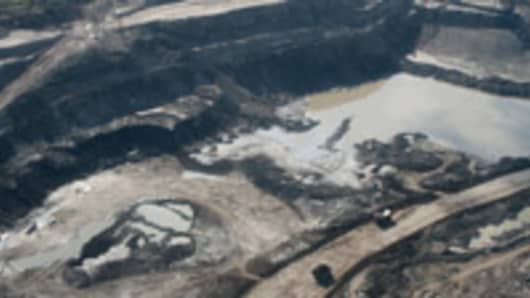As the future of offshore drilling remains in jeopardy, more investors and energy companies are focusing their attention on the US's neighbor to the north, Canada.
Canada has proven oil reserves of more than 170 billion barrels—second only to those in Saudi Arabia. Much of that crude lies beneath the tundra of Alberta in a thick oil, sand and water mixture called bitumen, more commonly called oil sand.
It’s that oil sand that IHS/CERA predicts will become America's number one source of imported oil this year. Jim Burkhard of IHS/CERA says, “The oil sands last year produced about 1.3 million barrels of oil. If you go out 20 years, by 2010 we could be getting anywhere from about three to six million barrels per day.”
Oklahoma based Devon Energy sees a bright future in the sands. Using a process called steam-assisted gravity drainage (sag-d), the company produces roughly 35,000 barrels of oil from the ground each day at its “Jackfish” facility. Devon has another facility under construction, and once commissioned later this year, it, too, is expected to produce 35,000 barrels of oil per day.
Devon’s president and CEO, John Richels, said, “There really only a couple of places in North America that hold large sources of oil anymore. And that’s the deep-water Gulf of Mexico and the oil sands in Canada.”


